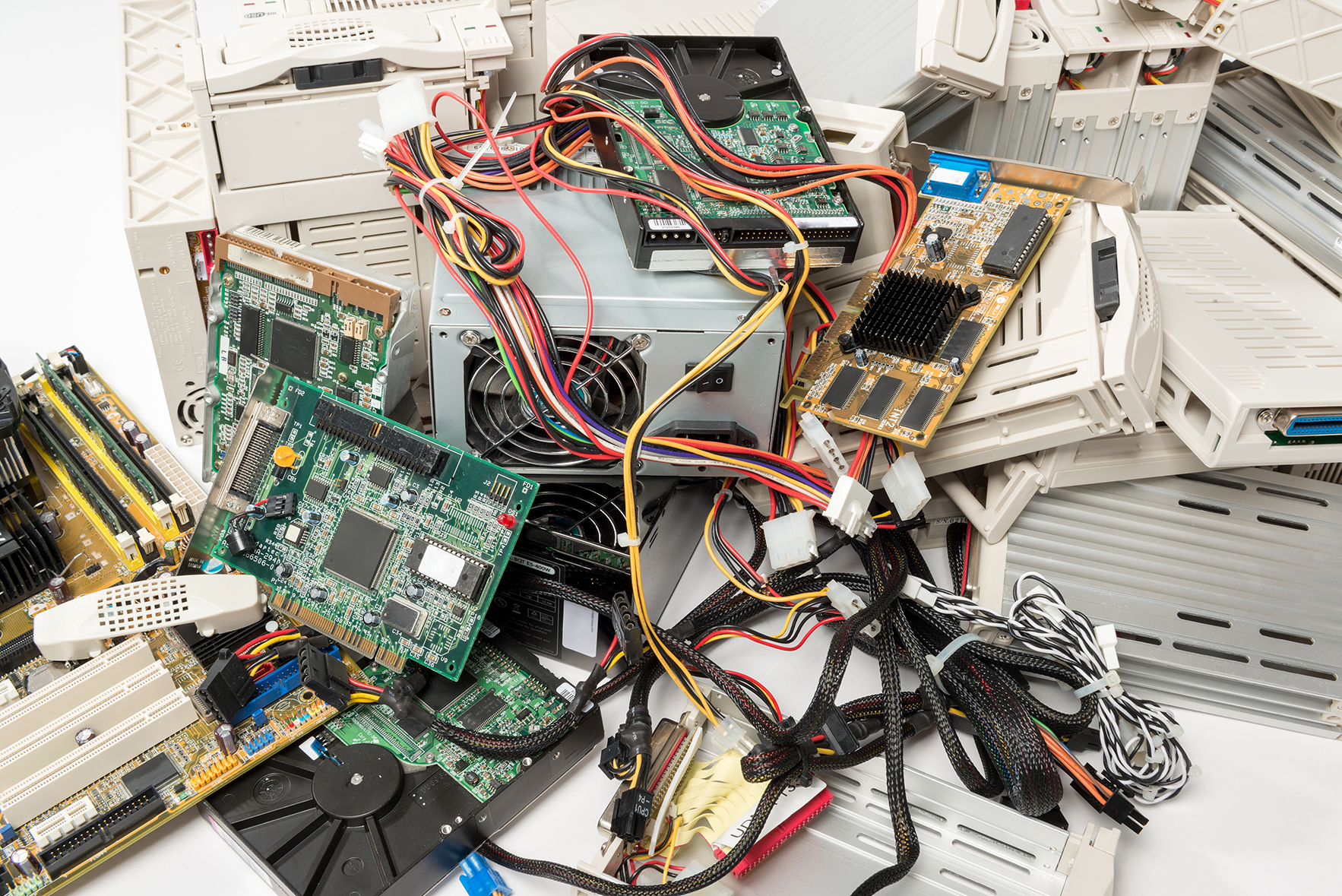Technology upgrade: When to replace your IT equipment

Have you heard the phrase “adapt or die”? It not only applies to staying current in business but also affects your IT equipment. Do you know how to determine when it’s time for an upgrade? Or what factors impact your equipment and necessitate a technology upgrade? Keep reading to find out.
Lifecycle of IT Equipment
Both hardware and software require technological upgrades. It is a mistake to believe that these assets will last for decades, especially today when technology advances rapidly and new innovations promise significant improvements daily.
The average lifecycle of IT equipment is 3 to 5 years. However, this period can vary based on several factors, some within your control and others not. Key factors include planned obsolescence, usage patterns, and environmental conditions. Let’s explore each of these in detail.
Planned Obsolescence
Planned obsolescence refers to the period set by the manufacturer after which IT equipment becomes outdated or ceases to function partially or completely. For PCs, this occurs when the processor speed or memory becomes inadequate for normal operation.
Moore’s Law
In the industry, this phenomenon is often referred to as Moore’s Law, which states that the processing power of PCs doubles approximately every two years, rendering previous equipment obsolete and insufficient.
Usage Patterns
In addition to the lifespan determined by manufacturers, how IT equipment is used by staff significantly impacts its lifecycle. Proper or improper use can either extend or shorten the equipment’s lifespan.
Environmental Factors
The physical conditions to which IT equipment is exposed also affect its lifecycle. Factors such as cleanliness, dust exposure, and temperature play crucial roles. To ensure optimal performance, IT equipment should be kept in cool, dry environments.
Importance of Maintenance
Given the variability in usage and environmental conditions, regular and timely maintenance can help extend the lifespan of IT equipment. Addressing issues promptly when they arise can prevent further deterioration and maintain efficient operation.
When is technological upgrade necessary?
1. Performance Issues
If you notice that your IT equipment is experiencing reduced performance, slower speeds, or is unable to run new software or updates, it’s likely time for an upgrade.
2. Lack of Support or Assistance
As new models of hardware and software are released, vendors gradually cease support and updates for older versions. Operating without support poses risks and vulnerabilities to your IT systems, making renewal increasingly necessary.
3. Approaching Warranty Expiration
Most hardware comes with a warranty, and extended warranties are available for an additional cost. Once these warranties expire, you risk incurring significant repair costs without vendor support.
Identifying one or more of these factors in your organization signals that IT equipment renewal is either imminent or necessary. Timely updates will help maintain operational efficiency and streamline your team’s workflow.
At icorp, we understand that technology upgrade can be complex and must be carried out swiftly to minimize operational disruption. If you need technical assistance for the installation and configuration of new equipment in your company, click here.






